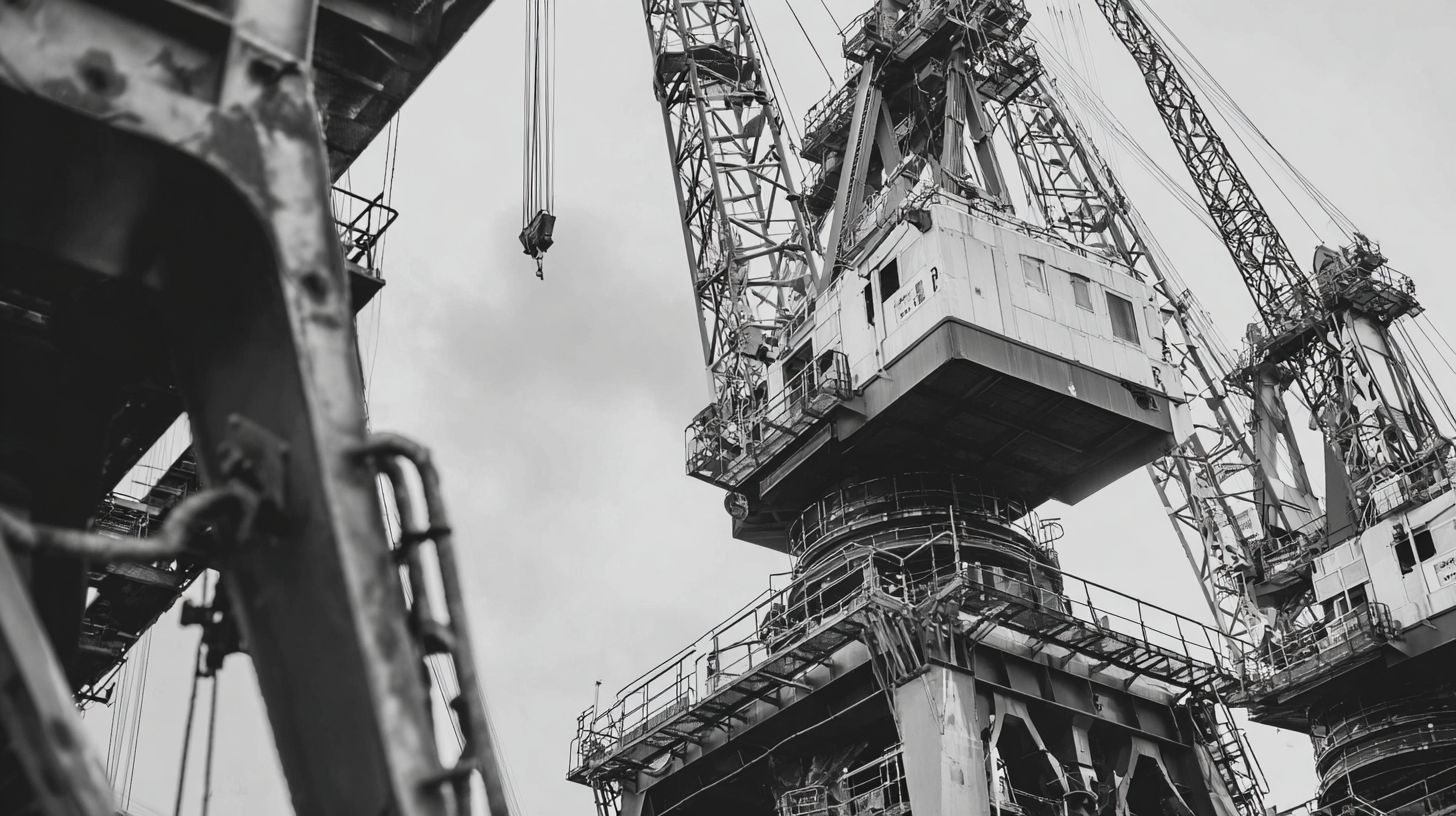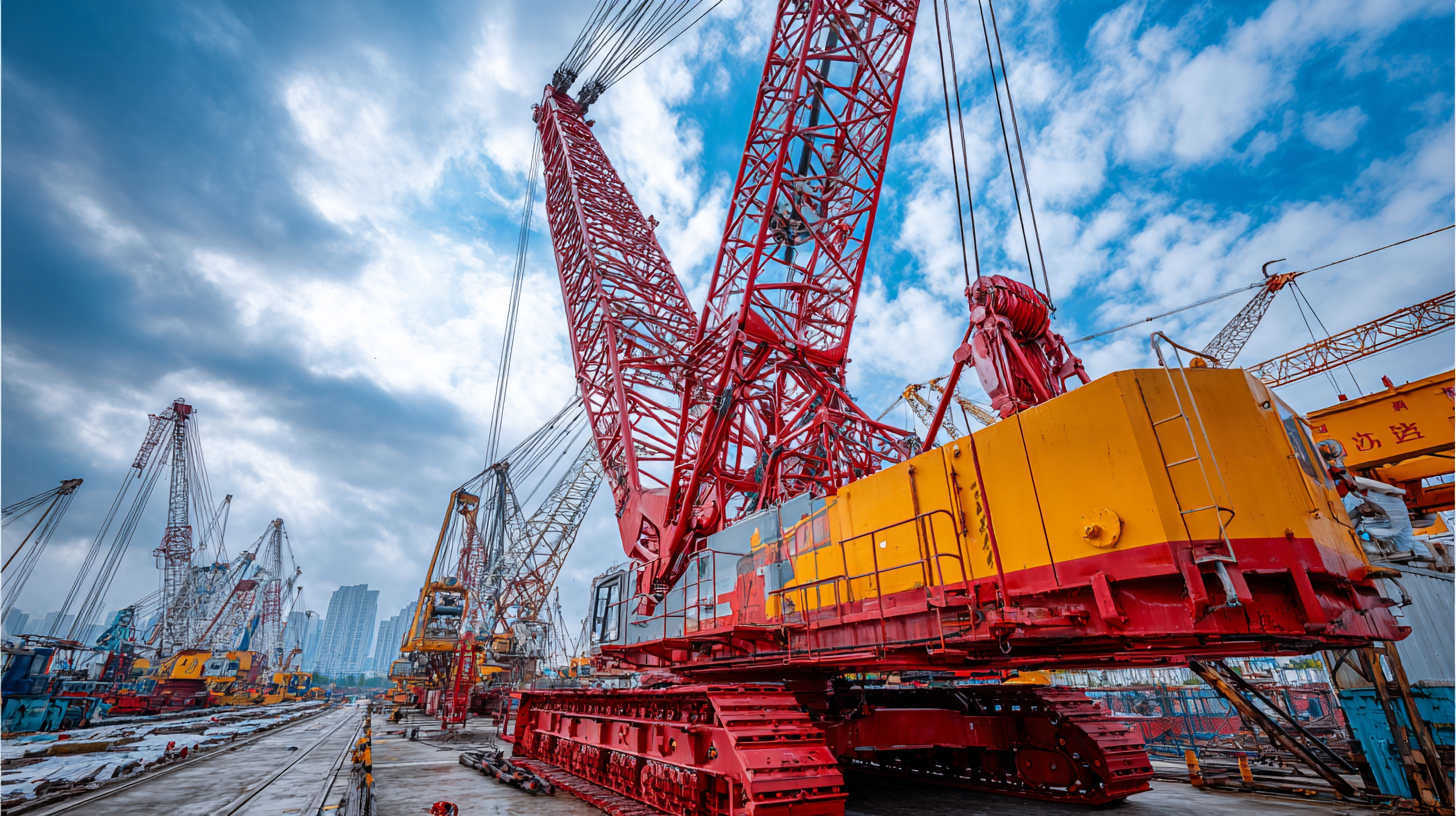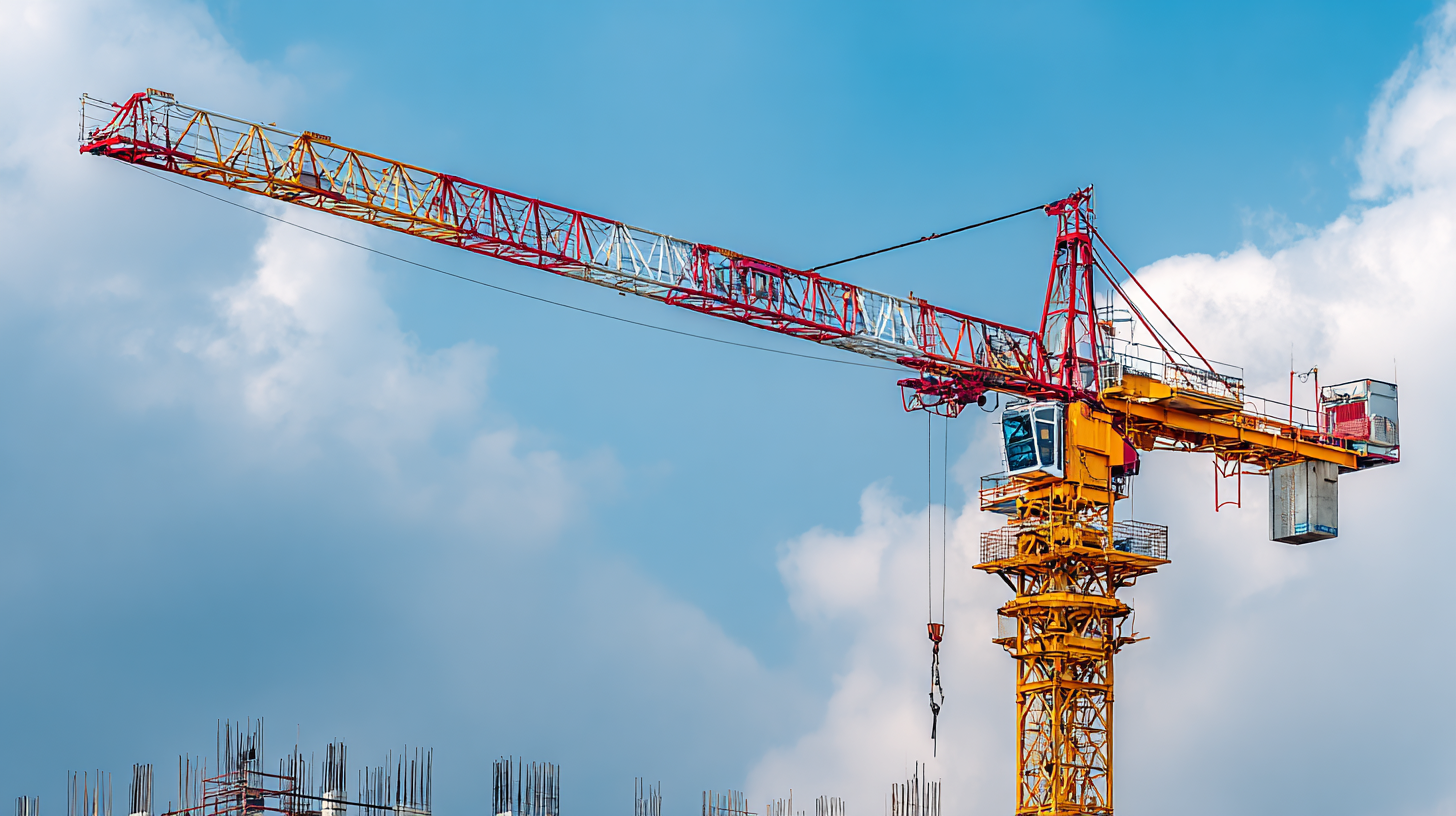In today's rapidly evolving construction landscape, understanding global industry standards for Tower Crane Mobile is essential for ensuring efficiency, safety, and compliance. According to a report by ResearchAndMarkets, the market for mobile cranes, including tower cranes, is projected to reach USD 12.3 billion by 2025, reflecting a compound annual growth rate (CAGR) of 3.5%. As construction demands escalate worldwide, operators and companies must navigate a complex array of technical specifications, regulatory frameworks, and performance metrics that define the best tower cranes available. This comprehensive guide delves into crucial product details, including precise technical parameters and the top types of tower cranes currently dominating the market, helping stakeholders make informed decisions to enhance their operational capabilities while adhering to industry standards.

The global tower crane market is witnessing significant growth, fueled by urbanization and an increasing emphasis on
infrastructure development.
As of 2024, the tower crane rental market was valued at approximately USD 16.3 billion,
with expectations to reach USD 22.1 billion by 2030. This
growth reflects a compound annual growth rate (CAGR) of 5.2%,
indicating a burgeoning demand for various types of tower cranes across different applications.
Tower cranes are essential in constructing high-rise buildings and large infrastructure projects, offering
versatility and efficiency in tight urban spaces. Innovations
in technology, such as embedded visualizations within crane operation user interfaces, are enhancing the safety
and effectiveness of crane operations. These real-time assistance tools allow operators to navigate complex job sites
with greater precision and confidence, further driving the adoption of tower cranes
in construction projects worldwide. The future of tower crane utilization looks promising, with steady
market expansion anticipated through 2035.
 Mobile tower cranes have revolutionized the construction landscape, offering unmatched efficiency and versatility. These cranes stand out due to their ability to operate in tight spaces, a feature that allows them to be deployed on various job sites where traditional cranes may find it challenging to maneuver. Their compact design does not compromise the lifting capacity, making them ideal for both small residential projects and larger commercial constructions. This balance between size and power is a key element that makes mobile tower cranes indispensable to contractors and developers alike.
Mobile tower cranes have revolutionized the construction landscape, offering unmatched efficiency and versatility. These cranes stand out due to their ability to operate in tight spaces, a feature that allows them to be deployed on various job sites where traditional cranes may find it challenging to maneuver. Their compact design does not compromise the lifting capacity, making them ideal for both small residential projects and larger commercial constructions. This balance between size and power is a key element that makes mobile tower cranes indispensable to contractors and developers alike.
Moreover, mobility is a defining attribute of these cranes. They can be easily transported from one site to another, significantly reducing downtime between projects. This adaptability is particularly important in an industry that often requires rapid responses to changing job site conditions. The ability to quickly deploy and reposition mobile tower cranes enhances the overall productivity of construction teams, allowing them to meet deadlines without sacrificing safety or quality. As a result, these machines not only streamline operations but also contribute to a more efficient and fluid workflow in the fast-paced world of construction.
When it comes to tower cranes, adherence to international safety standards is paramount. These standards are designed to ensure the safety of personnel and the integrity of the equipment throughout its operation. The International Organization for Standardization (ISO) plays a vital role in establishing these guidelines, which encompass various aspects of tower crane design, maintenance, and usage. From the materials used in construction to operational protocols, these standards help mitigate risks associated with lifting heavy loads and navigating complex job sites.

Understanding these safety standards is crucial for construction companies aiming to minimize accidents and enhance operational efficiency. Compliance not only protects workers but also maintains the project timeline and budget. Key standards such as ISO 4301 and ISO 9926 outline the necessary safety requirements for both fixed and mobile tower cranes. By investing in cranes that meet these standards, companies can ensure a higher level of safety and reliability in their operations, fostering a culture of safety that can significantly reduce the risks of workplace incidents in the ever-evolving construction landscape.
The advancement of technology has profoundly transformed modern tower crane manufacturing, making it more efficient, safe, and user-friendly. Innovations such as computer-aided design (CAD) and simulation software enable manufacturers to create precise models that optimize performance and reduce material waste. This technological integration allows for the rapid prototyping of new tower crane designs, ensuring they meet the evolving demands of the construction industry while adhering to global industry standards.
Moreover, the implementation of IoT (Internet of Things) technology in tower cranes has revolutionized operational monitoring and maintenance. These smart cranes can collect and analyze data in real-time, providing operators with insights into performance metrics, potential malfunctions, and maintenance schedules. This proactive approach not only enhances safety by minimizing risks associated with crane operation but also maximizes uptime by allowing for predictive maintenance rather than reactive repairs. As technology continues to advance, it will play an increasingly critical role in shaping the future of tower cranes, ensuring they are safe, efficient, and compliant with global standards.
| Standard | Description | Importance | Technology Impact |
|---|---|---|---|
| ISO 4301 | Cranes - Classification | Establishes categories for crane types for safety and performance. | Facilitates the design of safer and efficient cranes using advanced materials. |
| EN 14846 | Safety requirements for tower cranes | Sets safety parameters to protect operators and nearby workers. | Incorporates smart safety features like sensors and automation. |
| ASME B30.3 | Tower Cranes safety standards | Ensures proper operation and maintenance protocols. | Encourages integration with technology for monitoring and diagnostics. |
| AIST 93 | Tower Crane Guidelines | Promotes systematic approaches to crane operations. | Supports data-driven decision-making in crane management. |
| CEN/TC 147 | European Standardization for cranes | Unifies requirements across Europe for consistency. | Advances the adoption of innovative technologies in crane design. |
In the realm of construction, the deployment of tower cranes has been pivotal in facilitating large-scale projects efficiently. A compelling case study can be observed in the successful installation of the tower cranes at the Burj Khalifa in Dubai, where unique engineering challenges were met through innovation. The project utilized specialized tower cranes capable of handling loads of up to 14 tons, a necessity given the skyscraper's ambitious height of 828 meters. This deployment not only underscored the importance of adhering to global industry standards but also illustrated how customized crane solutions can enhance operational productivity.
Another notable example can be found in the construction of a new high-speed rail line in China, where over 200 tower cranes were employed across varied terrains. According to a report by the International Council on Tall Buildings and Urban Habitat, the efficiency of these cranes significantly reduced construction times by approximately 30%, enabling the rapid advancement of infrastructure projects. This success was attributed not only to the advanced technology of the cranes but also to meticulous planning and strict compliance with international safety standards, ensuring that the towering structures were built safely and sustainably while markedly improving project timelines.
This bar chart illustrates the number of successful tower crane deployments across various global regions. It provides insights into which regions are currently leading in tower crane utilization.
